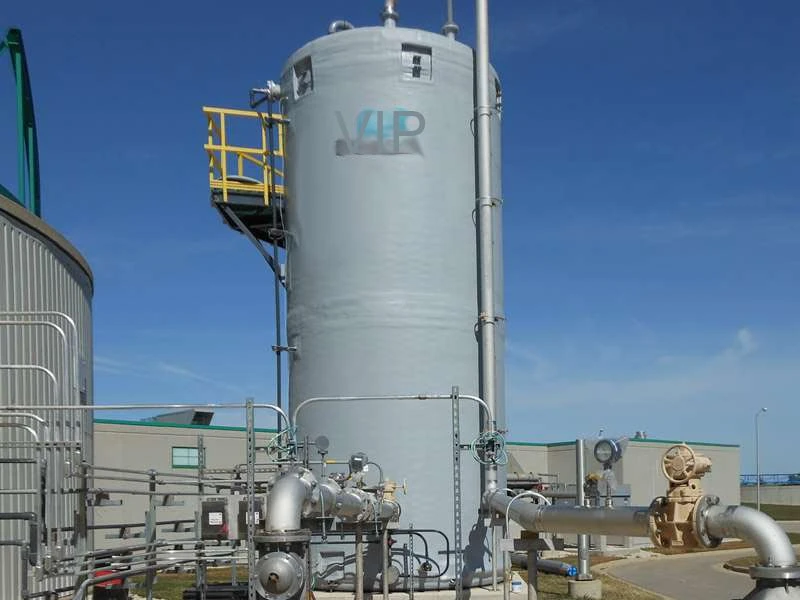
-
 Afrikaans
Afrikaans -
 Albanian
Albanian -
 Amharic
Amharic -
 Arabic
Arabic -
 Armenian
Armenian -
 Azerbaijani
Azerbaijani -
 Basque
Basque -
 Belarusian
Belarusian -
 Bengali
Bengali -
 Bosnian
Bosnian -
 Bulgarian
Bulgarian -
 Catalan
Catalan -
 Cebuano
Cebuano -
 China
China -
 China (Taiwan)
China (Taiwan) -
 Corsican
Corsican -
 Croatian
Croatian -
 Czech
Czech -
 Danish
Danish -
 Dutch
Dutch -
 English
English -
 Esperanto
Esperanto -
 Estonian
Estonian -
 Finnish
Finnish -
 French
French -
 Frisian
Frisian -
 Galician
Galician -
 Georgian
Georgian -
 German
German -
 Greek
Greek -
 Gujarati
Gujarati -
 Haitian Creole
Haitian Creole -
 hausa
hausa -
 hawaiian
hawaiian -
 Hebrew
Hebrew -
 Hindi
Hindi -
 Miao
Miao -
 Hungarian
Hungarian -
 Icelandic
Icelandic -
 igbo
igbo -
 Indonesian
Indonesian -
 irish
irish -
 Italian
Italian -
 Japanese
Japanese -
 Javanese
Javanese -
 Kannada
Kannada -
 kazakh
kazakh -
 Khmer
Khmer -
 Rwandese
Rwandese -
 Korean
Korean -
 Kurdish
Kurdish -
 Kyrgyz
Kyrgyz -
 Lao
Lao -
 Latin
Latin -
 Latvian
Latvian -
 Lithuanian
Lithuanian -
 Luxembourgish
Luxembourgish -
 Macedonian
Macedonian -
 Malgashi
Malgashi -
 Malay
Malay -
 Malayalam
Malayalam -
 Maltese
Maltese -
 Maori
Maori -
 Marathi
Marathi -
 Mongolian
Mongolian -
 Myanmar
Myanmar -
 Nepali
Nepali -
 Norwegian
Norwegian -
 Norwegian
Norwegian -
 Occitan
Occitan -
 Pashto
Pashto -
 Persian
Persian -
 Polish
Polish -
 Portuguese
Portuguese -
 Punjabi
Punjabi -
 Romanian
Romanian -
 Russian
Russian -
 Samoan
Samoan -
 Scottish Gaelic
Scottish Gaelic -
 Serbian
Serbian -
 Sesotho
Sesotho -
 Shona
Shona -
 Sindhi
Sindhi -
 Sinhala
Sinhala -
 Slovak
Slovak -
 Slovenian
Slovenian -
 Somali
Somali -
 Spanish
Spanish -
 Sundanese
Sundanese -
 Swahili
Swahili -
 Swedish
Swedish -
 Tagalog
Tagalog -
 Tajik
Tajik -
 Tamil
Tamil -
 Tatar
Tatar -
 Telugu
Telugu -
 Thai
Thai -
 Turkish
Turkish -
 Turkmen
Turkmen -
 Ukrainian
Ukrainian -
 Urdu
Urdu -
 Uighur
Uighur -
 Uzbek
Uzbek -
 Vietnamese
Vietnamese -
 Welsh
Welsh -
 Bantu
Bantu -
 Yiddish
Yiddish -
 Yoruba
Yoruba -
 Zulu
Zulu
fiberglass pipe flanges
Understanding Fiberglass Pipe Flanges A Comprehensive Overview
Fiberglass pipe flanges are essential components in various piping systems, particularly in industries where corrosion resistance, lightweight construction, and durability are paramount. As the demand for efficient and sustainable materials grows, fiberglass has emerged as a popular choice in several applications, ranging from chemical processing to wastewater treatment. This article delves into the characteristics, advantages, and applications of fiberglass pipe flanges, providing a detailed insight into their significance in modern engineering.
What are Fiberglass Pipe Flanges?
Fiberglass pipe flanges are fittings used to join sections of fiberglass piping or to connect fiberglass pipes to other types of piping systems. Typically, they are made from a composite material consisting of glass fibers reinforced with a polymer matrix, such as epoxy or vinyl ester. This combination yields a product that possesses both lightweight properties and exceptional strength.
Characteristics of Fiberglass Pipe Flanges
1. Corrosion Resistance One of the most significant advantages of fiberglass flanges is their resistance to various corrosive chemicals. Unlike metal flanges, which can rust or degrade over time, fiberglass maintains its structural integrity even when exposed to harsh environments.
2. Lightweight Fiberglass is considerably lighter than metal, which simplifies transportation and installation. This characteristic is particularly beneficial in applications where weight reduction is critical, such as in construction projects on sensitive ground.
3. Thermal Insulation Fiberglass offers excellent thermal insulation properties. This quality is essential in applications where temperature control is necessary to avoid heat loss or gain through piping systems.
4. High Strength-to-Weight Ratio The strength of fiberglass pipe flanges ensures that they can withstand significant pressure while maintaining a lightweight profile, making them suitable for a diverse range of applications.
5. Customizability Fiberglass flanges can be manufactured to meet specific needs, including unique sizes, shapes, and styles, providing flexibility in design for various projects.
Advantages of Fiberglass Pipe Flanges
The use of fiberglass pipe flanges in piping systems comes with a host of advantages
fiberglass pipe flanges

- Cost-Effectiveness Although the initial cost of fiberglass flanges may be higher than traditional materials, their longevity and low maintenance requirements can result in substantial savings over time.
- Easy Handling and Installation Their lightweight nature allows for easier handling and quicker installation processes compared to heavier alternatives, thereby reducing labor costs.
- Improved Safety Fiberglass is non-conductive, reducing the risk of electrical hazards in environments where electricity is a concern. Moreover, the smooth surface of fiberglass reduces the risk of leaks, enhancing overall system safety.
Applications
Fiberglass pipe flanges are widely used across various industries due to their unique properties
- Chemical Processing In environments where corrosive substances are handled, fiberglass flanges provide an ideal solution, ensuring that pipelines remain intact without the risk of contamination or failure.
- Water Treatment In wastewater and drinking water systems, fiberglass flanges help safeguard the integrity of the piping system while resisting the chemicals and biological agents encountered in these processes.
- Oil and Gas Fiberglass flanges are increasingly being utilized in the oil and gas sector, particularly in offshore applications where corrosion resistance is crucial.
- Agriculture In irrigation systems, fiberglass piping and flanges are valuable for transporting water and fertilizers without risking contamination or degradation of materials.
Conclusion
Fiberglass pipe flanges represent a remarkable innovation in piping technology, offering a blend of strength, durability, and resistance to harsh conditions that traditional materials struggle to match. As industries continue to seek efficient and sustainable solutions, the prevalence of fiberglass in piping systems is likely to grow. Understanding their properties, advantages, and applications can assist engineers, designers, and managers in making informed decisions that enhance the performance and longevity of their projects. By incorporating fiberglass pipe flanges into their systems, industries can benefit from enhanced safety, cost savings, and reliability.









